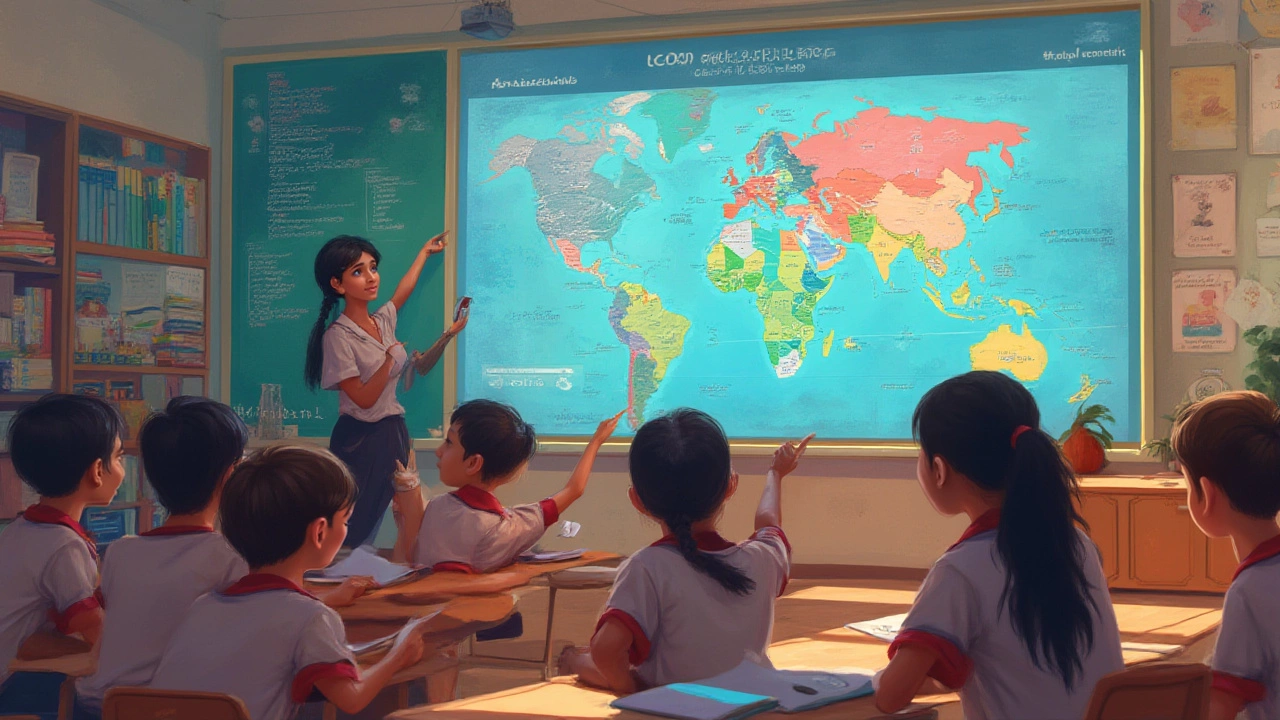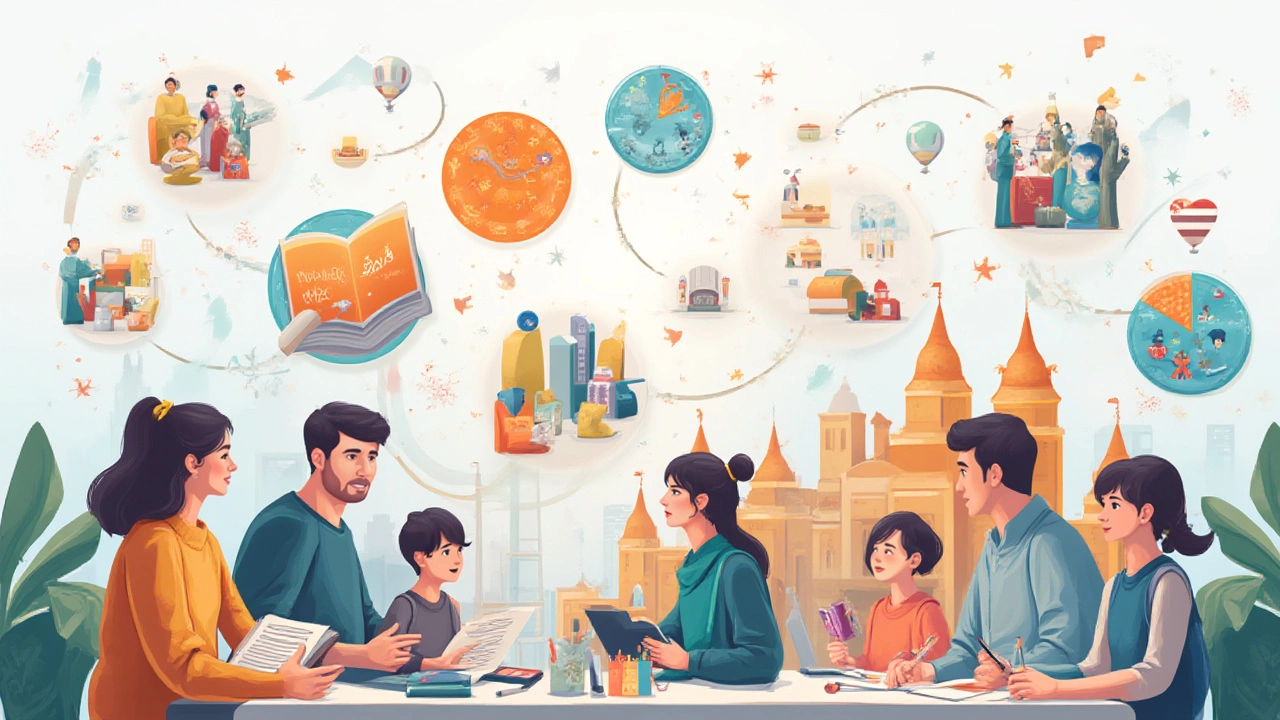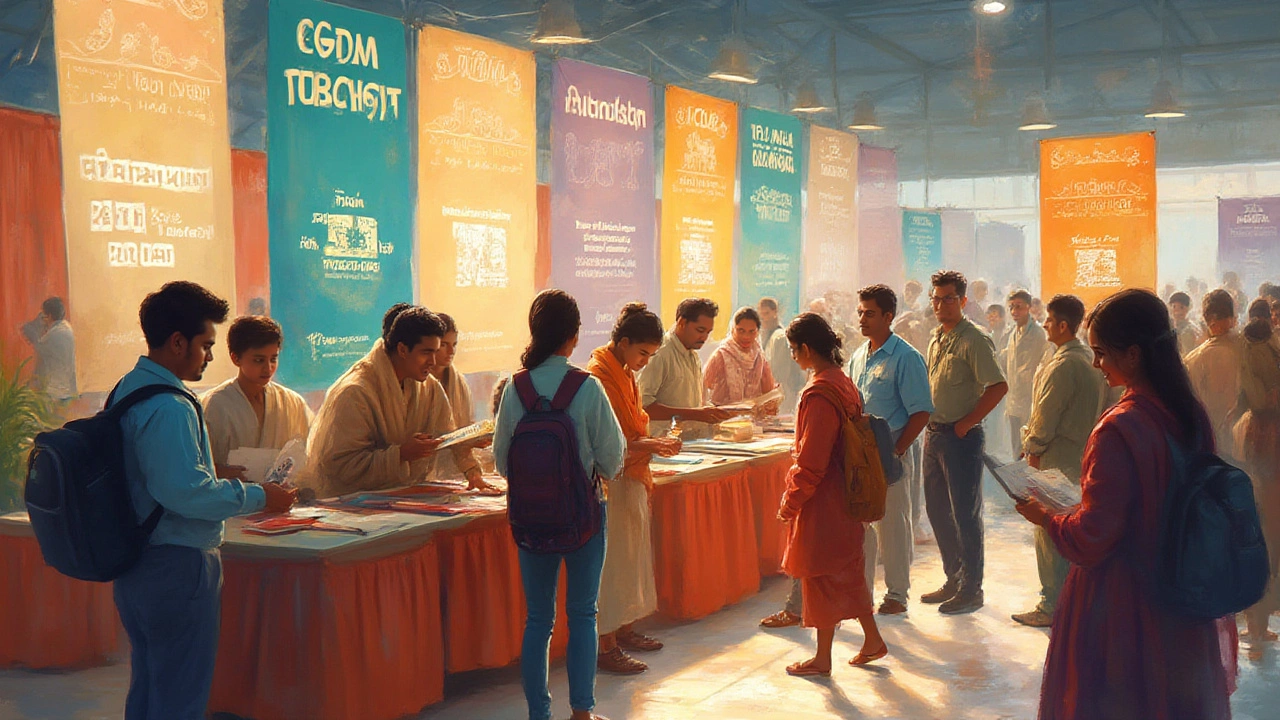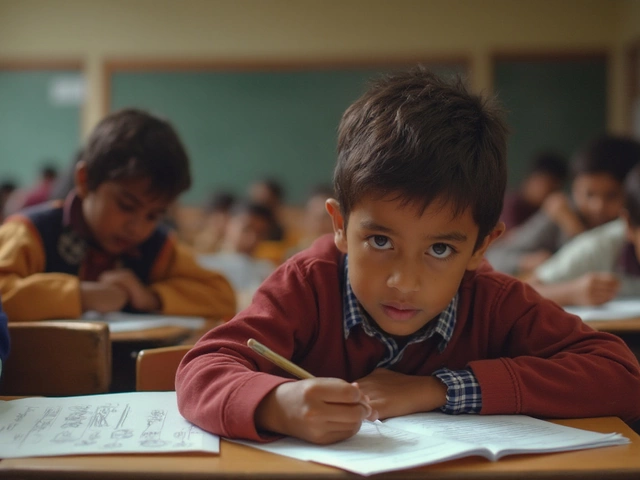
Like it or not, what school board your kid or you are in can literally shape your life. Jobs, college choices, even your social circles can depend on that one (annoyingly official-sounding) decision someone made for you, maybe before you could even walk. But which school board does everyone seem to choose? What’s the world actually picking?
What Makes a School Board "Popular"?
Ask anyone in a local coffee shop in Delhi, London, or New York, and you’ll get three different answers on what school board “rules the world.” Some folks swear by the British system, others can’t stop praising CBSE, and in certain neighborhoods, it’s IB or nothing. So what makes a board popular anyway? It’s not just about the sheer headcount. Yes, numbers matter, but let’s look closer.
There’s a weird mix of culture, government policy, parent dreams, international mobility, exams, and the practical bit—what classes do the boards actually offer? For a dash of credibility (and just because numbers are weirdly satisfying), check out this table of student enrollment across the major global boards as of 2024:
| Board Name | Countries Present | Estimated Students (2024) | Curriculum Focus |
|---|---|---|---|
| CBSE | 28+ | ~30 million | STEM, Languages, Commerce |
| International Baccalaureate (IB) | 159+ | ~2.1 million | Inquiry-based, International |
| British GCSE/A-Level | 150+ | ~6 million | Subject Specialization |
| US High School Diploma (multiple boards) | 50+ | ~17 million | Liberal Arts, Electives |
| ICSE (India) | 5+ | ~3 million | English, Broad Curriculum |
| French Baccalaureate | 125+ | ~700,000 | Classic Arts & Sciences |
Here’s the kicker: CBSE, or the Central Board of Secondary Education, dominates by numbers—by a LOT. But does biggest mean best? Not always. Popularity often rides on certain perks a board offers, like recognition by foreign universities, a solid STEM focus, resources for English learners, or access to government-backed scholarships. People like what's familiar; CBSE, for instance, is practically a default in India and Indian schools abroad, while IB is a favorite for expats and international movers.
It’s not just a numbers game. Boards get popular for their reach, university acceptance rates, reputation for fairness (or, let’s be honest, easy marks), and career impact. There’s also the cool factor of some boards—like you’re almost guaranteed to find an IB kid at a Model UN.

Deep Dive: The World's Biggest Boards
CBSE is the Goliath here. In 2024, the board boasted over 30 million students, making it the largest single unified school board system on the planet. Here’s why it’s everywhere: government policy in India backs it like crazy (public sector jobs demand CBSE, and most competitive exams line up with its syllabus), and there’s a comfort for parents who move cities or even countries—CBSE schools are found from Muscat to Kuala Lumpur. That’s real mobility.
CBSE isn’t just about the size; it’s about consistent curriculum, focus on STEM, and a teaching style that feels familiar (or, depending who you ask, a bit rigid). It’s recognized by almost every university in India and a decent chunk abroad—hello, Indian diaspora. Add English and Hindi medium options, and you’ve got a recipe for scale. But here comes the twist: while CBSE churns out brilliant engineers and doctors, critics say it hasn’t nailed skills like critical thinking the way the International Baccalaureate (IB) system does.
Speaking of IB, it’s small by comparison (just above 2 million students globally), but it’s in 159+ countries. What it lacks in size, it makes up for in prestige. IB schools are magnets for expats, diplomats, and anyone hoping for a smoother ticket into top universities overseas. The focus is on inquiry—think less memorizing, more problem-solving. Kids get nudged toward group projects, essays, and even CAS (creativity, activity, and service). If you’re a parent with itchy feet or you want your kid to go to Princeton, IB is tempting—though, be warned, it’s tough, and fees can be steep.
The British boards—like GCSEs and A-Levels—are the old-school backbone of tons of private and international schools. Six million students flock here, especially across Africa, the Middle East, and Asia. British boards let kids specialize early (who needs math if you’re set on literature?), and universities from Cambridge to Sydney know exactly what the grades mean. But the British system can sometimes trap kids in narrow streams, so it’s not super flexible if you’re indecisive.
The US system is another beast. Unlike CBSE’s central control, plenty of smaller boards (public, private, state-level) set the high school diploma standards. It comes out to around 17 million students. The American model screams choice: APs, electives, sports, arts, you name it. Kids build transcripts that show not just scores but also personality. It’s fluid, but sometimes confusing when you’re jumping across states.
ICSE, a cousin to CBSE but more English-heavy and seen as "elite," is big in India’s private-school scene. It’s not as huge—only about 3 million students—but it packs a punch in urban centers. It’s famed for polished English and a well-rounded curriculum.
What about the rest? The French, Japanese, and other curricula may be local favorites, but globally, they’re much smaller—ideas from them sneak into international schools but rarely take over the top slot.
What’s wild is seeing how these boards play leapfrog in global cities. In Dubai or Singapore, you’ll spot all the big ones on a single street. Parents often pick based on where they might move next, what languages they want their kids to master, or even what playground chatter sounds like.
If you need a cheat sheet, it goes like this: CBSE wins the numbers game worldwide, IB and the British boards win the "international branding" sprint, and the US board is the go-to in its own region. The best board? That’ll always depend on where you’re headed, not just where you start.

Picking the Right Board: Pros, Cons, and Survival Tips
Pick the wrong board, and you (or your kid) might end up locked out of college entrance, stuck memorizing a mountain of facts, or, hey, bored out of your mind by textbooks older than your parents. But nail your choice, and a world of scholarships, university seats, or job offers opens up. So, how do you actually choose?
Your life goals matter more than you think. Planning to stay in India and take government exams? CBSE is probably your best bet for compatibility. Dreaming about MIT or Oxford? Check if those universities have preferences—they often love IB diploma graduates or students with A-Levels. Moving countries every few years? IB or Cambridge International are flexible, and your kid won’t need to start over every time you land in a new city.
- CBSE: Great for STEM, widely recognized, especially in India, and matches with public exams. It’s a grind, but the exam stress can be intense. Pro tip: Focus on NCERT textbooks—they’re the gold standard and used for all the competitive entrance tests.
- IB: Focuses on developing all-rounders and critical thinkers. Fantastic global mobility. Students spend hours on independent research and essays; perfect if you love group activities or aspire to study abroad. Downside? Expensive, and the workload can be a lot.
- British (GCSE/A-Level): Specialization starts early, which can be good or bad depending on if you know what you want to do in life. Internationally recognized, especially in the UK and Commonwealth. If you’re indecisive, be careful; you might lose out on subjects you want to study later.
- US High School Diploma: Versatility is the name of the game; tons of electives, sports, clubs, and AP courses to make you stand out for US colleges. But if you skip college, employers or foreign universities might get confused by transcripts.
Here’s a tip: Look up what universities or job sectors care about in your country or the country you want to live in. Most Indian boards (CBSE, ICSE) have direct links to Indian public exams. IB and British boards are king in Europe and for international transfer. The US system blends best in—you guessed it—America.
And yes, every board has its quirks. Heard about the notorious “tough grading” in ICSE English, or the meme-worthy “rote learning” in CBSE science? They’re all based on truth. That’s why so many students hop boards between high school and senior secondary—that’s when the stakes get real.
For parents, here’s a survival move: Talk to parents in each board, not just the school counselors. Online groups, WhatsApp chats, the parking lot at drop-off—these are the places where you’ll get the raw truth about board stress, teaching quality, and which boards actually deliver results, not just pretty brochures.
And don’t forget about hidden fees, after-school coaching requirements, and whether your chosen board supports kids with different learning styles—this is where IB shines, while traditional boards can struggle to adapt.
The school board you pick has ripple effects on extracurricular exposure, language skills, and, yes, even peer groups. If your family is planning a move, check if the next country will accept your board’s credentials for university entry—nothing’s worse than finding out your board’s not recognized when you’re already in the application rush.
FACT: According to UNESCO data, families are switching boards more than ever. In the UAE alone, international curriculum enrollment has jumped over 150% in the last decade as more expats move and schools market the “international” edge of IB or Cambridge International programs.
Summing it up (because you probably want the bottom line): CBSE is the definite heavyweight champ of popularity, hands down, but the best board for you is the one that matches your goals, mobility, strengths, and the kind of pressure you can actually handle. Do your homework—the right choice can unlock doors for life.







